Helms - Potential Theory
Here you can read online Helms - Potential Theory full text of the book (entire story) in english for free. Download pdf and epub, get meaning, cover and reviews about this ebook. City: London, year: 2014, publisher: Springer London, genre: Home and family. Description of the work, (preface) as well as reviews are available. Best literature library LitArk.com created for fans of good reading and offers a wide selection of genres:
Romance novel
Science fiction
Adventure
Detective
Science
History
Home and family
Prose
Art
Politics
Computer
Non-fiction
Religion
Business
Children
Humor
Choose a favorite category and find really read worthwhile books. Enjoy immersion in the world of imagination, feel the emotions of the characters or learn something new for yourself, make an fascinating discovery.
- Book:Potential Theory
- Author:
- Publisher:Springer London
- Genre:
- Year:2014
- City:London
- Rating:4 / 5
- Favourites:Add to favourites
- Your mark:
Potential Theory: summary, description and annotation
We offer to read an annotation, description, summary or preface (depends on what the author of the book "Potential Theory" wrote himself). If you haven't found the necessary information about the book — write in the comments, we will try to find it.
Helms: author's other books
Who wrote Potential Theory? Find out the surname, the name of the author of the book and a list of all author's works by series.

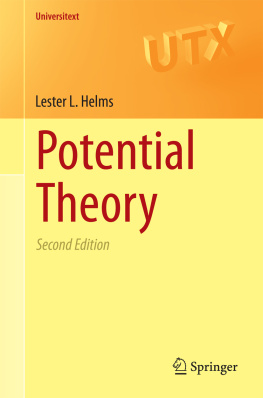

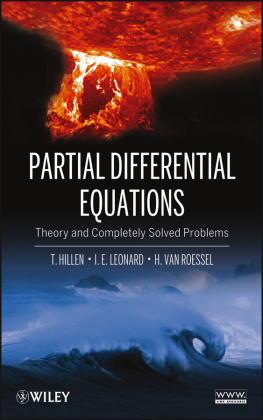
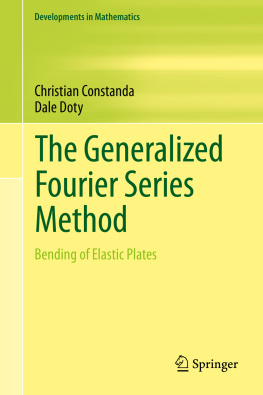
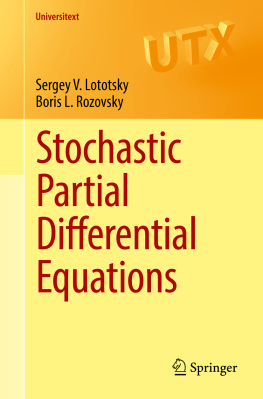



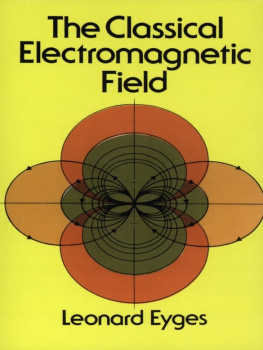

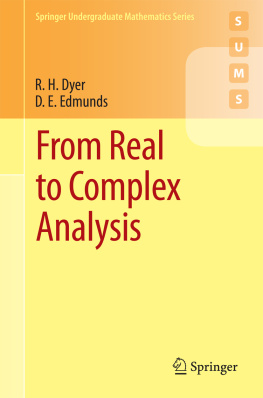
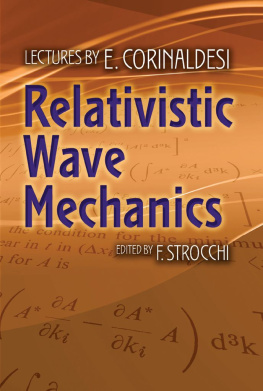
 -dimensional Euclidean space
-dimensional Euclidean space  , will be denoted by
, will be denoted by  and its length
and its length  is defined by
is defined by  . If
. If  and
and  , the inner product
, the inner product  is defined by
is defined by  , and the distance between
, and the distance between  and
and  is defined to be
is defined to be  . The angle between two nonzero vectors
. The angle between two nonzero vectors  and
and  is defined to be the angle
is defined to be the angle  such that
such that  and
and 
 is denoted by
is denoted by  . The ball
. The ball  with center
with center  and radius
and radius  is defined by
is defined by  ; the sphere with center
; the sphere with center  and radius
and radius  is defined by
is defined by  . The closure of a set
. The closure of a set  is denoted by
is denoted by  or by
or by  , its interior by
, its interior by  , and its complement by
, and its complement by  . The standard basis for
. The standard basis for  will be denoted by
will be denoted by  where
where  has a
has a  in the
in the  th position and
th position and  in all other positions.
in all other positions. in
in  are defined as follows: if
are defined as follows: if  , then
, then 
 , the unit sphere with center at
, the unit sphere with center at  . The
. The  and
and  of the ordered pair
of the ordered pair  are called the spherical coordinates of the point
are called the spherical coordinates of the point  . This transformation from rectangular coordinates to spherical coordinates is essentially the mapping
. This transformation from rectangular coordinates to spherical coordinates is essentially the mapping  where
where 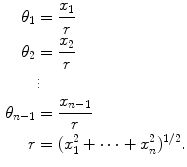
 ,
, 